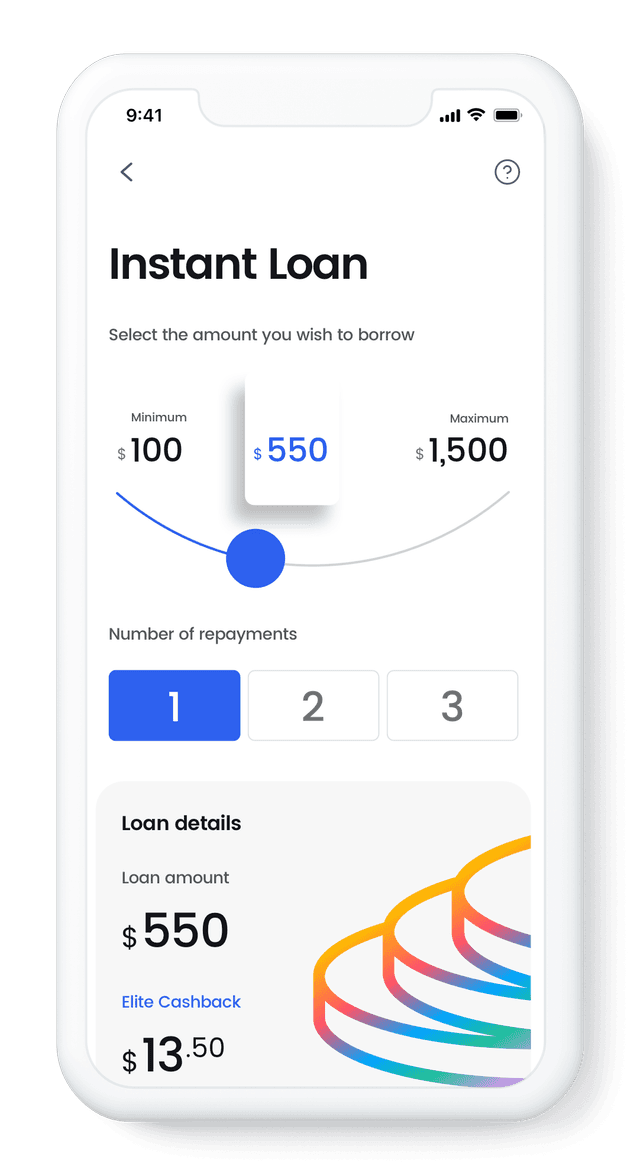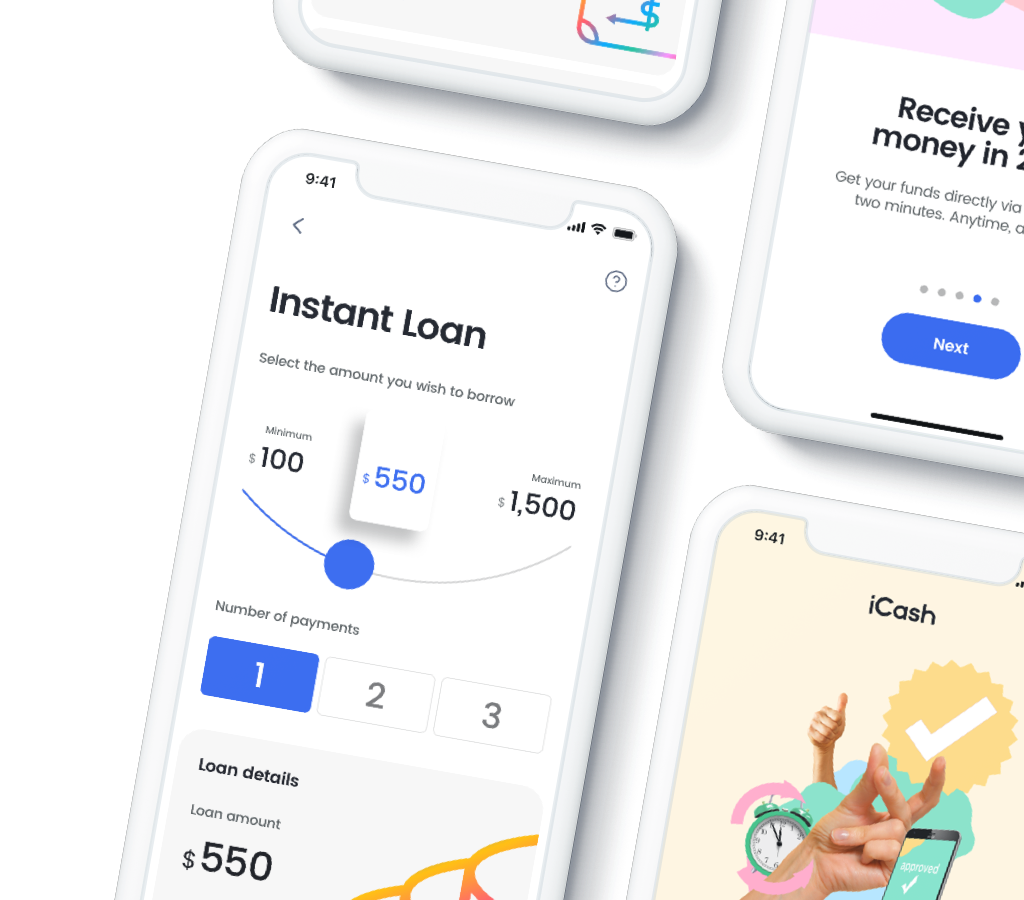Dealing with debt and trying to rebuild your credit can be overwhelming, especially when the amounts owed become unmanageable. One debt relief option available to Canadians is a consumer proposal.
But what exactly is a consumer proposal? In a consumer proposal, you pay a portion of what is owed over a period of time, while the remainder is forgiven upon completion of the agreement. This process is facilitated by a Licensed Insolvency Trustee (LIT) who will handle the consumer proposal.
Not only does this process help manage debt (without resorting to bankruptcy), but it also provides a path to financial recovery for many Canadians. In this blog, we'll explore the key aspects of consumer proposals, including how they work and how they can potentially help you rebuild your credit in time.
Whether you're from Ontario, Alberta, or any other province in Canada, understanding consumer proposals can be your first step toward regaining some financial stability if you’ve been hit with struggles that have impacted your credit score.
What is a Consumer Proposal?
A consumer proposal is essentially a plan you make with the people you owe money to, which is often referred to as “making a deal with your creditors.” It's a way to handle your debts when you can't pay them back fully. In Canada, this plan must be handled by an entity or a person called a Licensed Insolvency Trustee (LIT). They are professionals who help you figure out how much you can afford to pay back.
Here’s how it works (in a nutshell): instead of paying the full amount you owe, you agree to pay a smaller, more manageable amount over a set period, usually up to five years. Once you’ve made all the payments in your proposal, the remaining debt is forgiven, which means you don't have to pay it.
This process helps you avoid bankruptcy, which is a more severe consequence of financial issues. A consumer proposal also stops your creditors from taking legal actions against you to get their money.
Consumer Proposal in Canada
A consumer proposal in Canada is a formal process recognized under the Bankruptcy and Insolvency Act. This option is available to Canadians who owe less than $250,000 (excluding the mortgage on their primary residence) and provides a way to handle serious debt issues without declaring bankruptcy.
When you decide a consumer proposal might be right for you, the first step is to meet with a Licensed Insolvency Trustee (LIT). The LIT will take a close look at your financial situation, including your debts, income, and assets, to determine if a consumer proposal makes sense for you, and how much your creditors might expect to receive.
Once your proposal is prepared, your trustee will submit it to your creditors. From there, they will have 45 days to accept or reject it. If the majority of your creditors accept the proposal, then all are bound by its terms.
This stops all interest on your debts and prevents creditors from taking legal actions to recover the money you owe them, such as garnishing your wages.
During your consumer proposal, you make monthly payments to your trustee, who then sends these funds to your creditors. Completing your consumer proposal can provide a fresh financial start while avoiding the harsher impacts of financial struggles.

Does a Consumer Proposal Hurt Your Credit Score?
Unfortunately, a consumer proposal will likely hurt your credit score. When you file a consumer proposal, it is recorded on your credit report as an R7 rating. It indicates that you are making your monthly payment regularly under a special arrangement to settle your debts.
This is less severe than bankruptcy, but it still significantly impacts your credit because it shows that you were unable to meet your original debt payments as agreed.
The consumer proposal stays on your credit report for three years after you’ve completed all the payments. During this period, having an R7 rating can make it challenging to obtain new credit. Lenders may see you as a higher risk, which might lead to higher interest rates or outright denial of credit applications.
Steps to Rebuild Your Credit After a Consumer Proposal
To rebuild your credit after a consumer proposal, you should start with consistent, timely payments throughout your proposal. Once completed, it might be worth obtaining a secured credit card.
A secured credit card typically requires a deposit. By using this card for small purchases and making your monthly payment on time, you can begin to demonstrate financial responsibility which can slowly help you improve your credit score.
You can also consider applying for a small installment loan to help diversify your credit and demonstrate your ability to manage different credit products. However, you must remember that you always need to pay these new credit obligations on time and in full, as monthly payment history is a huge part of your credit score. Follow these steps and you'll slowly start working towards becoming debt free.
Effective Strategies to Enhance Your Credit Score Post-Proposal
After completing a consumer proposal, here are a few effective strategies to enhance your credit score:
Consistent Payments: Maintain a perfect monthly payment history by paying all your bills on time. Late monthly payments are often the thing that harms a person’s credit score.
Low Credit Utilization: Try as much as you can to use less than 30% of your available credit limit. High utilization can be seen as a signal of financial distress.
Credit Mix: Having a mix of credit types, such as revolving credit (credit cards) and installment loans (auto, personal), can positively affect your score. But again, this is provided you are managing your credit effectively and handling your monthly payment. The last thing you want is to end up with additional credit card debt.
Regular Credit Report Checks: Monitor your credit report regularly for any inaccuracies or fraudulent activities. Dispute any errors you find directly with the credit bureau, should any arise.
Increase Credit Limits: If your credit starts to improve, you can begin to ask for credit limit increases on your existing accounts. This can help lower your credit utilization ratio, provided you do not increase your spending and accumulate more credit card debt.
Key Financial Behaviors to Adopt After Completing a Consumer Proposal
After completing a consumer proposal, it’s incredibly important to adopt healthy financial habits to avoid any more financial issues in the future. Start with rigorous budgeting; track all your income and expenses to ensure you live within your means and avoid accumulating new debt.
If you can, and if it’s within your means, establishing an emergency fund to cover unexpected costs is a good idea. Ideally three to six months’ worth of living expenses to prevent any need to borrow in the future.
Be very cautious about accumulating new debt - see if you really need to take on more debt and check your ability to make your monthly payments. Last but not least, educate yourself about financial matters. Understanding credit, budgeting, and financial planning improves your ability to make better decisions and avoid future financial issues, putting you on the path to becoming debt free.
Is a Consumer Proposal Right for You?
A consumer proposal can be right for you if you’re overwhelmed debt payments, and need a structured way of handling that debt. It’s a legally binding solution that allows you to pay back a portion of your debt and get relief from the rest. This option is particularly beneficial if you are looking to avoid bankruptcy and its more severe consequences.
It also lays out a clear plan with fixed monthly payments, making it easier to budget and plan for the future and eventually become debt free. By choosing a consumer proposal, you can stop the accrual of interest on your debts, stop collection calls, and avoid wage garnishment, all while keeping your assets.
However, you must make sure that the monthly payments for your consumer proposal are always made on time and in the agreed-upon amount. And even then, if all payments are kept up, your credit score will still take a negative hit and the consumer proposal will stay on your credit report for three years.











